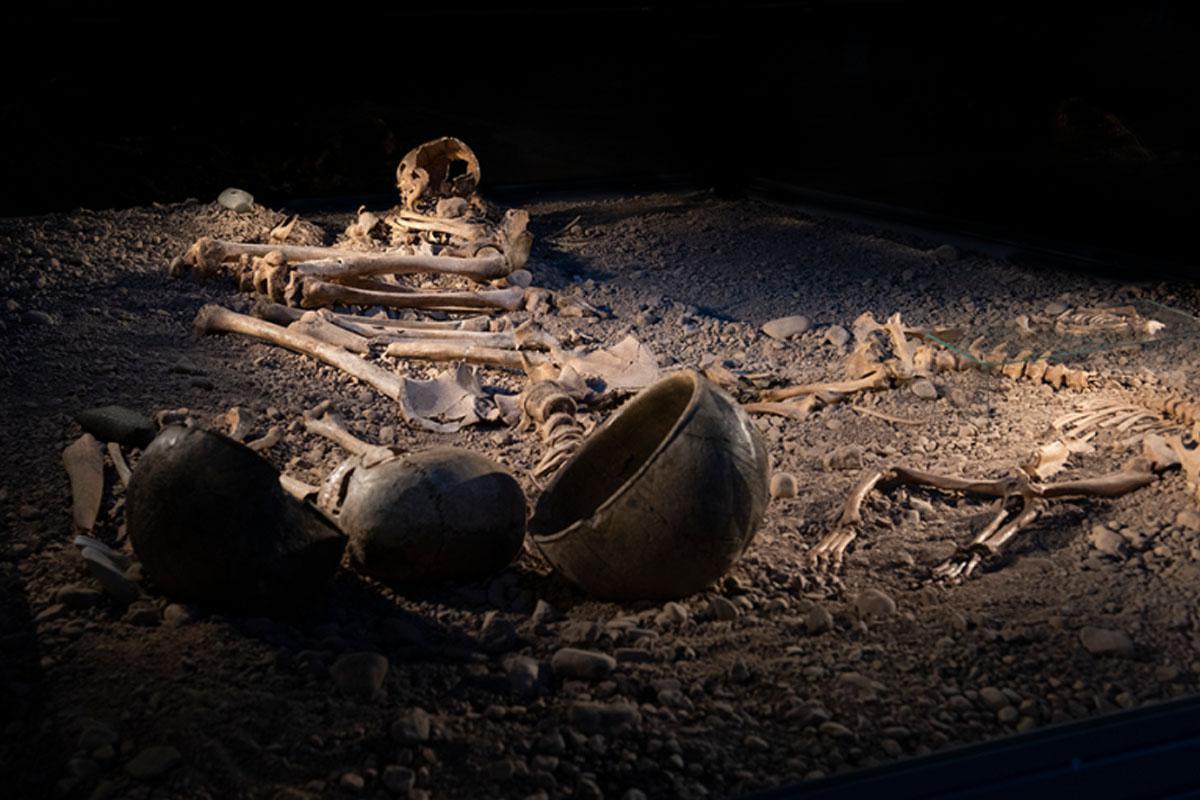A new study has found that bacterial poisoning via food and water – but also direct contact such as kissing, was a lethal threat to people during the Stone Age in Scandinavia.
The study, published in the journal Scientific Reports, was led by researchers from Stockholm University and the Swedish Museum of Natural History.
Samples from 38 individuals found at Hummerviksholmen in southern Norway and Bergsgraven in Sweden (representing farmer contexts and hunter-gatherer contexts) were screened for microbes.
“We know when people turned to farming in Scandinavia but we still do not know how this change in lifestyle affected the general health,” says Helena Malmström at the Human Evolution Program, Uppsala University.
The study identified 660 microbial species in the metagenomic dataset of the 38 samples that included some potentially pathogenic bacterial species.
In the hunter-gatherers, the screening found sequences mapping to Neisseria meningitidis, known to cause meningococcal disease with a high mortality rate. Neisseria meningitidis can be transmitted through saliva and occasionally through close, prolonged general contact such as kissing an infected person.
The study also found indications of N. gonorrhoeae, which causes the sexually transmitted infection gonorrhoea, and the plague causing bacterium Yersinia pestis, providing one of the earliest documented cases of Y. pestis.
“The more people interacted, the more possibilities to infect one another occured. But even if we do encounter bacteria with potential to impact societies such as Yersinia pestis, it is the infections that spread through food that is most prominent across the lifestyles in this study,” says Anders Götherström.
Header Image Credit : Östergötland Museum
Sources : Stockholm University - Identification of microbial pathogens in Neolithic Scandinavian humans. https://doi.org/10.1038/s41598-024-56096-0


